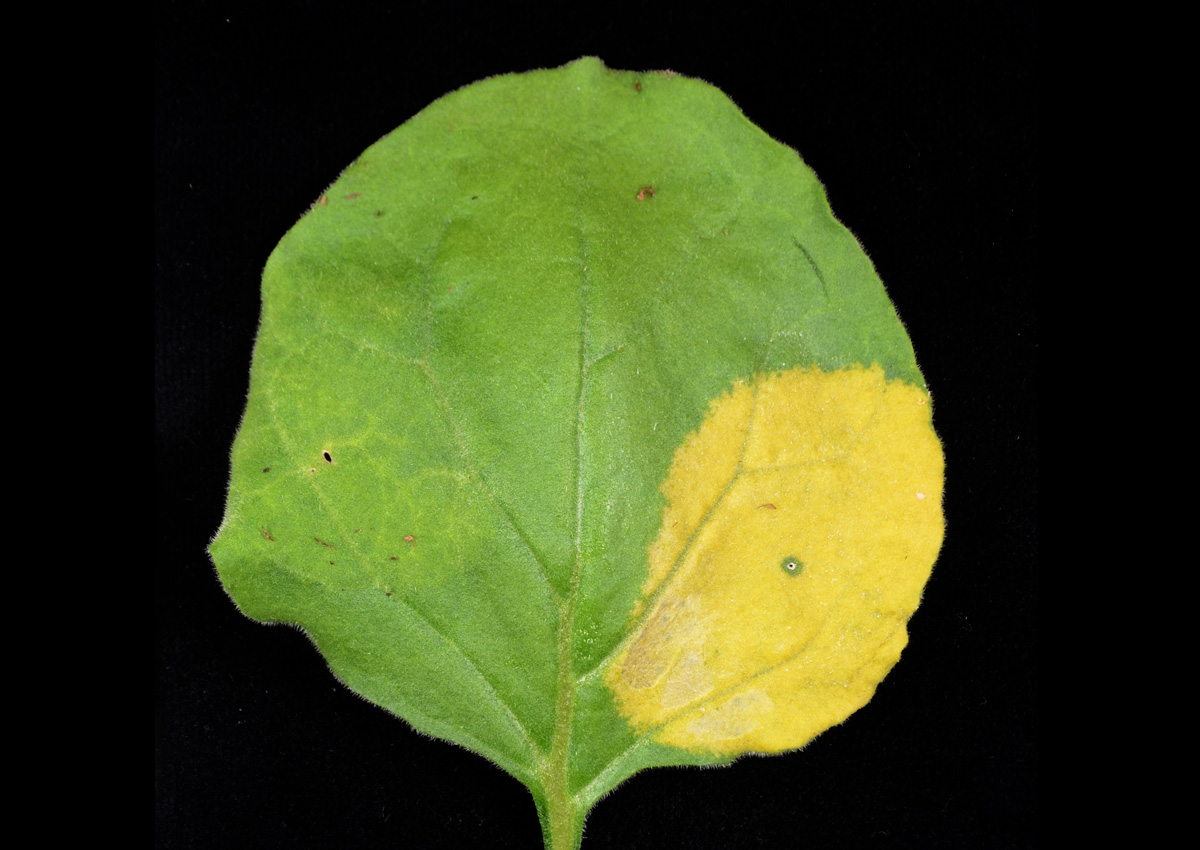
New Biofortification Method Transforms Leaves into Nutrient Stores
August 19, 2020| |
A study conducted at the Centre for Research in Agricultural Genomics (CRAG) led by Manuel Rodriguez-Concepción proposes the controlled transformation of chloroplasts into chromoplasts. This patented technology opens new perspectives for the nutritional improvement of crops such as biofortification and for the sustainable production of carotenoids for the cosmetic, pharmaceutical, and food industries.
Carotenoids are natural pigments present in plants that protect leaves from excess light and provide yellow to red colors to flowers and fruits. Well-known examples are beta-carotene from carrots and lycopene from tomatoes. Humans and animals need these nutrients as a source of vitamin A and antioxidants through the consumption of fruits, vegetables, and greens. The highest concentration of these compounds occurs in chromoplasts, which are formed from chloroplasts in flowers and fruits. This transformation is responsible for the color change during fruit and vegetable ripening, which go from green (when they only have chloroplasts) to red (when chloroplasts transform into chromoplasts). However, chloroplasts in leaves generally do not transform into chromoplasts.
While the two phases of this process occur naturally in flowers and fruits, the CRAG research shows that they can also be induced in leaves by stimulating the production of phytoene, the compound from which the different types of carotenoids are formed. Phytoene production causes a synthetic transformation, that is, an unnatural transformation of chloroplasts into chromoplasts. This research also extends the potential of increasing the nutritional value of leaves and other green parts of plants, which are especially reluctant to biofortification with carotenoids.
For more details, read the article in CRAG News.
| |
You might also like:
- Biofortification Improves Nutrition and Benefits Developing Countries, Research Reveals
- Experts Review Social and Economic Impacts of Biofortification through Biotech
- Pocket K No. 27: Biotechnology and Biofortification
Biotech Updates is a weekly newsletter of ISAAA, a not-for-profit organization. It is distributed for free to over 22,000 subscribers worldwide to inform them about the key developments in biosciences, especially in biotechnology. Your support will help us in our mission to feed the world with knowledge. You can help by donating as little as $10.
-
See more articles:
-
News from Around the World
- Evidence Shows GM Foods Do Not Cause Infertility
- Scientists Decode Complete Sequence of Human Chromosome X for the First Time
- Groups Push for Bt Brinjal Field Trials in India
- Europeans Now Less Skeptic About GMOs
- Wheat Gene Confers Stem Rust Resistance to Barley
- New Biofortification Method Transforms Leaves into Nutrient Stores
-
Research Highlights
- Study Shows Fate of Multiple Bt Proteins from Bt Maize in the Predatory Lady Beetle
-
Plant
- CRISPR-Cas RNA Targeting Using Transient Cas13a Expression in Nicotiana benthamiana
- Yield10's CRISPR Genome-Edited C3007 Canola Trait in 2021 US Field Tests
-
Health
- Researchers Discover Vulnerability in SARS-CoV-2
- Q&A: COVID-19 Pandemic's Impact on Food and Agriculture
- Team of Experts Develop Nasal Spray Against COVID-19 Virus
-
Read the latest: - Biotech Updates (December 10, 2025)
- Gene Editing Supplement (November 26, 2025)
- Gene Drive Supplement (February 22, 2023)
-
Subscribe to BU: - Share
- Tweet

